Critical Data Literacy

Beginner: 6-8 weeks
Developing/Proficient: 4-6 weeks

Course Introduction
There are eight learning modules in critical data literacy. We begin with critical data literacy of understanding what is data, its importance, and how it is used. Next we learn about data lifecycles and how to properly document data and its importance. Following data life cycles, we turn to why data is heavily collected for businesses and organizations. Lastly, we take the data and how it can be organized using Microsoft excel from the storing of data to visualization.

Support for this research was provided by the Public Interest Technology University Network Challenge Fund, a fiscally sponsored project of New Venture Fund. The Public Interest Technology University Network’s challenge grants are funded through the support of the Ford Foundation, Hewlett Foundation, Mastercard Impact Fund with support from Mastercard Center for Inclusive Growth, Schmidt Futures, and The Siegel Family Endowment.
Prerequisites
Lorem ipsum dolor sit amet, consectetur adipiscing elit, sed do eiusmod tempor incididunt ut labore et dolore magna aliqua. Lorem ipsum dolor sit amet, consectetur adipiscing elit, sed do eiusmod tempor incididunt ut labore et dolore magna aliqua.
Learning Objectives
In this course you will:
- Overall objective for module 1
- Overall objective for module 2
- Overall objective for module 3
- Overall objective for module 4
*Mobile Version*
Critical Data Literacy


Beginner: 6-8 weeks
Developing/Proficient: 4-6 weeks
Course Introduction
There are four learning modules in critical data literacy. We begin with critical data literacy of understanding what is data, its importance, and how it is used. Next we learn about data lifecycles and how to properly document data and its importance. Following data life cycles, we turn to why data is heavily collected for businesses and organizations. Lastly, we take the data and how it can be organized using Microsoft excel from the storing of data to visualization.
Prerequisites
Lorem ipsum dolor sit amet, consectetur adipiscing elit, sed do eiusmod tempor incididunt ut labore et dolore magna aliqua. Lorem ipsum dolor sit amet, consectetur adipiscing elit, sed do eiusmod tempor incididunt ut labore et dolore magna aliqua.
Learning Objectives
In this course you will:
1. Overall objective for module 1
2. Overall objective for module 2
3. Overall objective for module 3
4. Overall objective for module 4
*Mobile Version*
Module 1: How to Navigate a World of Big Data
| Beginner Begin here if: Learner has NO experience in data literacy or technological background knowledge: Can You Tell the Story |
| Developing Begin here if: Learner has SOME skills/knowledge of data storytelling AND can demonstrate the importance of data: Types of Data |
| Proficient Begin here if: Learner is knowledgeable and able to demonstrate how data tells a story, demonstrate the importance of data, difference between correlation and causation with evidence based assertions: Evidence Based Assertions |
Module 2: Data Organized and Stored
| Beginner Begin here if: Learner has NO knowledge/skills in how data is stored and organized: Organized Data |
| Developing Begin here if: Learner has SOME knowledge/skills of data stored and organized AND how data can be constructed in tables/databases: Table Construction |
| Proficient Begin here if: Learner is knowledgeable and able to demonstrate how data is stored and organized in databases AND construct a database: Activity Making a Database |
Module 3: Documentation and Data Lifecycles
| Beginner Begin here if: Learner has NO knowledge/skills in the lifecycle of data and how data is documented: Documentation…Let’s Take a Look |
| Developing Begin here if: Learner has SOME knowledge/skills in the lifecycle of data AND explain the difference between good and bad data: Data Standardization |
| Proficient Begin here if: Learner is knowledgeable and able to demonstrate the lifecycle of data, how data is documented and standardized, AND utilize visualization tools: Activity Analyze Retail Sales |
Module 4: Data for Identifying Patterns to Create Models
| Beginner Begin here if: Learner has NO knowledge/skills of how patterns can be recognized in data to determine predictions and create models using data tables: Data is Collected for Identifying Patterns |
| Developing Begin here if: Learner has SOME knowledge/skills in how patterns can be recognized, determine predictions, AND data visualizations tools: Data Visualization |
| Proficient Begin here if: Learner is knowledgeable and able to demonstrate data patterns utilizing statistical techniques AND create and describe data models utilizing Microsoft Power BI and Tableau: Data Visualization Tools |
Modules
Module 1: How to Navigate a World of Big Data
We begin to understand the importance of data and how our world navigates with it. Data is explained based on its various types and how it is being utilized for businesses, organizations, universities, and communities to make evidence-based decisions.
Module 2: Documentation and the Data Lifecycles
Good data documentation is key to producing workable analysis and insights. In this module we introduce the principles of good dataset documentation and how documentation evolves over a dataset’s lifecycle.
Module 3: Why do we collect a lot of data?
In this module we introduce the idea of why data is collected and how it can be used. Specifically, the module places emphasis on how we can identity patterns in data and how those patterns might be used as the basis for a model.
Module 4: How is data organized and stored?
Proper organization and storage of data is critical for proper later use and analysis. In this module we explore the related concepts of data tables and databases and introduce several associatd tools.
Module 5: What tools are used to manipulate data?
This module introduces key tools we can use for data organization and standardization. What are the affordances (or benefits) of different tools that we have access to? What about the drawbacks? In this module we take time to consider what it is we need from a data tool, why some tools are better suited to different kinds of data processing work, and how to identify and learn how to use potential new tools.
Module 6: The future of data-related work
What does data work look like in the advent of new tools, specifically AI and ML ones? How do these tools change the way we go about engaging in data work ? What do we need to know before engaging with these tools?
Module 7: Practicing data documentation skills
This is an additional activity module for groups looking to get extra practice in developing data documentation skills.
Module 8: Applying ML & AI extrapolation skills
This is an additional exploratory module for groups who want to gain extra practice learning and thinking about AI and ML models and their relationship to data work.


